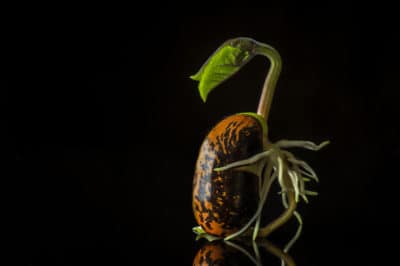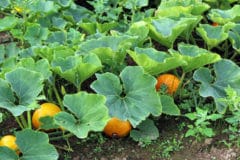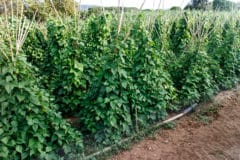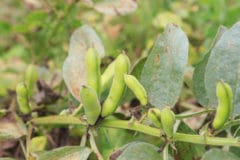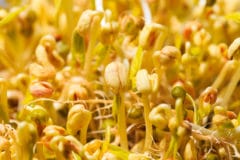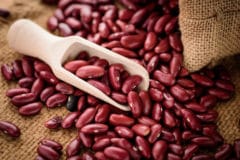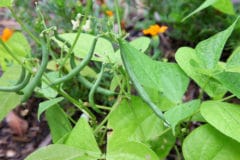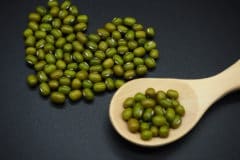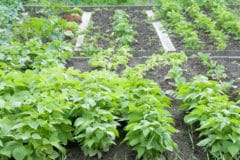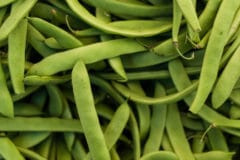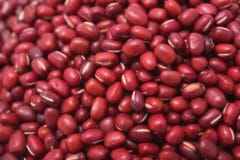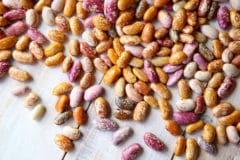Sprouting Basics
The key to sprouting beans is to provide moisture, air and warmth. Too much moisture means the beans may develop rot or mildew. Too little air can have the same effect. Beans are a warm-season crop, and if you try to sprout them at cooler temperatures, they won’t respond. The ideal sprouting temperature is around 70°F (21°C) to 80°F (27°C).
Varieties for Sprouting
Any bean can be sprouted. Here are both common and unusual varieties:
- Mung beans – the classic bean sprouts seen in oriental cooking.
- Adzuki beans – small red beans; common in Japanese dishes.
- Lentils – dietary staple in India; can be red, black, green, tan or brown.
- Winged beans – the primary reason to sprout is to promote germination.
- Chickpeas – also known as ceci beans or garbanzos.
Sprouting for Food
Mung beans and alfalfa sprouts (alfalfa is a legume) are familiar and easily recognized in the grocery store. However, any kind of bean can be sprouted and substituted for these varieties. Rinse beans well, drain, remove debris and place in a sprouting tray or jar with a mesh lid. Rinse and drain twice daily. Keep in a warm, dark place for light-colored sprouts.
Sprouting for Germination
Germination testing can tell you how well the beans are likely to grow. Fold or mark a plain paper towel into 10 squares. Wet the paper towel until it is completely damp but not dripping. Place one bean in each square. Carefully roll the towel and place in a plastic bag. Apply more water if the towel seems dry. After one week, count the sprouts – this is the germination rate.
Sprouting for Season Extension
Although bush beans can be ready within 60 days, pole beans typically need a longer season. If you have a short summer or are practicing succession planting, you can pre-sprout your beans to give them a head start. Follow the directions for germination testing. Once the sprouts have developed roots, plant them. Tear the paper towel into squares and plant it along with the seeds.
Bean Sprout Nutrition
Bean sprouts are low in calories and have almost no fat. However, they contain both carbohydrates and protein and are relatively high in fiber. They are also a good source of several vitamins, most notably vitamins K and C. In addition, they contain folate, riboflavin, thiamine, phosphorus, manganese, copper and a very small amount of iron.
